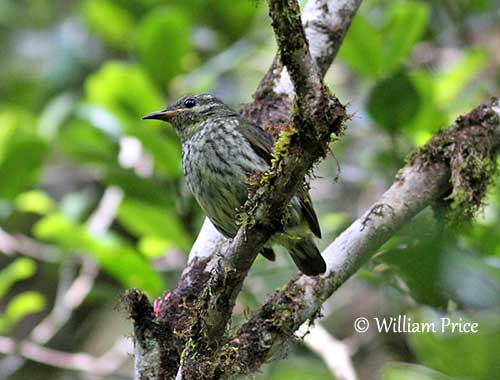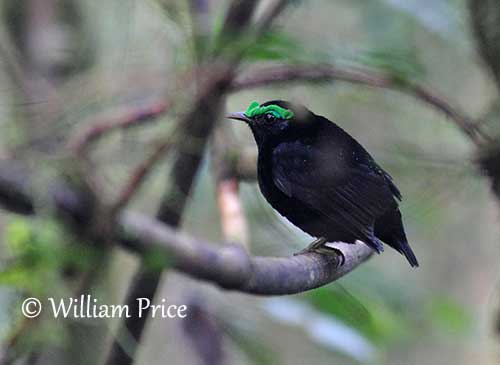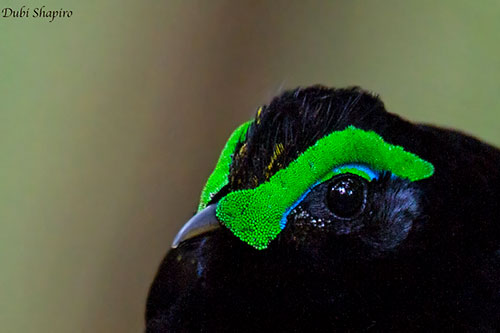
Fr: Philépitte veloutée
Ang: Velvet Asity
All: Seidenjala
Esp: Filepita Aterciopelada
Ita: Asity vellutato
Nd: Fluweelasitie
Sd: sammetsasit
Mal: Asitilahimanga, Asity, fody sahy, Soisoy
Photographers:
William Price
PBase-tereksandpiper & Flickr William Price
Dubi Shapiro
Dubi Shapiro Photo Galleries
Philip Stapelberg
GALLERY
Alan & Ann Tate
AA Bird Photography
Text by Nicole Bouglouan
Sources :
HANDBOOK OF THE BIRDS OF THE WORLD Vol 8 By Josep del Hoyo-Andrew Elliott-David Christie - Lynx Edicions - ISBN: 8487334504
Birds of Madagascar and the Indian Ocean Islands Par Roger Safford, Adrian Skerrett, Frank Hawkins – ISBN: 1472924118, 9781472924117- Editeur: Bloomsbury Publishing, 2015
The Birds of Africa: Volume VIII: The Malagasy Region: Madagascar, Seychelles, Comoros, Mascarenes - Par Roger Safford, Frank Hawkins – ISBN: 1408190494, 9781408190494- Editeur: A&C Black, 2013
Birds of Madagascar: A Photographic Guide Par Pete Morris, Frank Hawkins – ISBN: 0300077556, 9780300077551- Editeur: Yale University Press, 1998
Birds of the Indian Ocean Islands Par Ian Sinclair, Olivier Langrand - ISBN: 1868729567, 9781868729562- Editeur: Struik, 2003
Birds of the World – Velvet Asity
THE WILSON BULLETIN - Lek behavior and natural history of the Velvet Asity
Animal Diversity Web (University of Michigan Museum of Zoology) (Philepittidae)
CREAGUS@Monterey Bay (Don Roberson) (Philepittidae)
Velvet Asity
Philepitta castanea
Passeriformes Order – Eurylaimidae Family
INTRODUCTION:
The Velvet Asity is endemic to Madagascar. It is a rotund, almost tail-less bird with short wings and bright-coloured head ornaments contrasting with the dark plumage. This species shows very marked sexual dimorphism, and the female is much duller than male.
It occurs in the rainforest belt in E Madagascar, and is usually common between 600 and 1,400 metres of elevation. It feeds mainly on small fruits and nectar, and occasionally on arthropods.
The male is polygynous and displays at leks with other males. Several types of displays can be observed during which the head pattern is well-enhanced.
The Velvet Asity is not globally threatened because it may tolerate degraded habitats, and it is present in protected areas.

DESCRIPTION OF THE BIRD:
Biometrics:
Length: 14-16,5 cm
The Velvet Asity adult male in breeding plumage has velvety black plumage overall, except the small, yellow spot at bend of wing and on alula, and sometimes a few yellow fringes on head. Wings and tail feathers are mostly dark brown.
On the head, we can see a bright lime green supraorbital wattle or caruncle extending from ear-coverts to forehead, and ending into a horn over the bill base. There is a narrow blue line over the eye too.
The eyes are dark brown. The bill is black and slightly decurved, with yellow or grey gape. Legs and feet are dull pale olive-green.
The non-breeding male has tipped yellow wing-coverts, and feathers of breast and belly. The caruncle is much reduced and duller.

CALLS AND SONGS: SOUNDS BY XENO-CANTO
The Velvet Asity has two usual calls. The first one is a rhythmic, high-pitched, repeated “whee-doo” with emphasized first syllable. The other call is a long series of “weet” notes usually uttered by males at leks.
While foraging or when adults are tending young, they give short “wit” notes and thin, high “seeeeee”.
The male in flight produces a whirring sound, and during the displays, the wings make a mechanical noise.
BEHAVIOUR IN THE WILD:
The Velvet Asity is largely frugivorous but it also takes nectar and some arthropods. The fruits are those of understorey shrubs, and especially Rubiaceae, Euphorbiaceae, Piperaceae and Melastomataceae and other plant genera. This species is a good seed disperser.

REPRODUCTION OF THIS SPECIES:
The laying occurs between September and December, and probably from late August in N Madagascar.
The female builds a hanging nest from lower branch of small tree, at about 2-5 metres above the ground. The structure is spherical or pear-shaped, and suspended by filaments of grasses, bamboo or moss. The entrance hole is protected by a vegetal porch. The nest is made with high proportion of moss.
The female lays 3 white eggs and incubates during at least 13 days. The male takes little or no part in nesting duties, but it has been reported that it chases other males away from the nest. The young are fed on regurgitated fruit flesh. They fledge about 17 days after hatching.

The adult female has dark olive-green upperparts including crown to mantle, scapulars and uppertail-coverts. Tail and wings are mostly dark greyish-brown with olive-green wash above.
The underparts are pale yellowish-green with darker streaks. Belly and vent are less conspicuously streaked.
On the head, there is a pale yellow supercilium. Cheeks are pale yellow, bordered by a broad, greenish-grey with yellow spots moustachial stripe.
The eyes are dark brown with bare, dull olive eyering. The bill is black with narrow, yellowish/pinkish gape line. Legs and feet are olive.
The juvenile resembles adult female. The subadult male shows some black plumage.
RANGE:
The Velvet Asity is found in the rainforest belt in E Madagascar.
HABITAT:
The Velvet Asity frequents the primary rainforest and can be seen at the edges. It also occurs in adjacent secondary forest with fruiting and flowering trees. It is rare or absent below 400 metres and above 1,600 metres of elevation.



The Velvet Asity is polygynous. The male maintains several small territories only used for displaying. Several males compete in these leks while calling. They perform ritual displays to attract females. Some of them are described.
The bright-coloured caruncle is enhanced by adapted postures. The male adopts an erect posture and slightly leans forwards over the branch while extending the neck and inflating the caruncle. It also performs wing-flapping to display the yellow spot of the alula. Other display shows the yellow gape of the male. When the male is very excited, it turns around the branch and ends up in a normal posture.
The open-gape posture is mostly used between males and some fights may occur.
The Velvet Asity is probably sedentary as no seasonal movements are reported.
It has short wings and flies mainly between its foraging areas.


